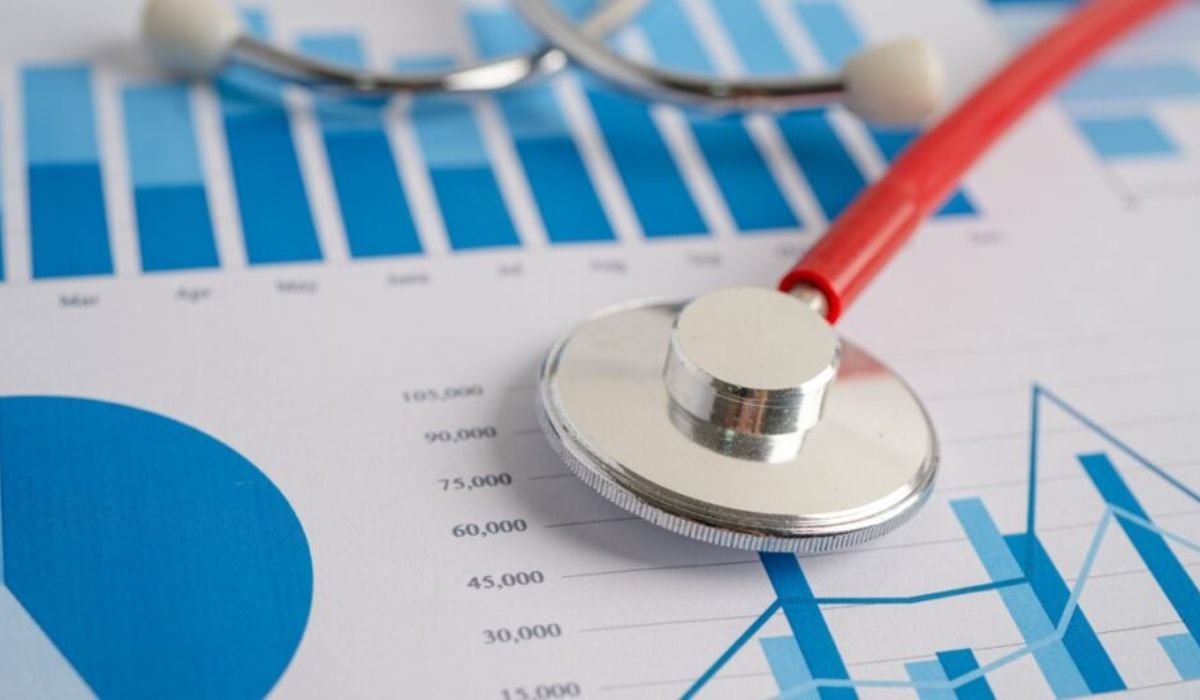We understand that every time an individual or a group of people suggest that a new medication, treatment or medical intervention is possible, testing is thorough and only then adopted into the field.
The medical research and the clinical trials involved may extend on years and in the process, mountains of data are supposed to be gathered, analysed and understood.
That is the reason why biostatistics plays such an important role. It lays the statistical basis on which this data should be handled and used in an effective manner.
Using the same statistical techniques in order to analyse biological data has the potential of enabling researchers, health practitioners and even policy makers to make informed decisions regarding any new form of treatment/ drug and even health policy.
Keeping this in mind we are going to have a more detailed glimpse of the various functions biostatistics has in healthcare and the various applications of this method.
Design and analysis of clinical trial
The biostatisticians usually get involved even at the very beginning of a clinical study because they help in trial design.
They should identify appropriate sample sizes, randomisation schemes and statistic power to determine the impact of treatment or intervention. This is essential so as to be scientific and ethically viable.
Biostatisticians are also very important in the analysis of data that is obtained during clinical trials in a bid to evaluate the efficacy and efficiency of these new drugs, curative procedures and new medical equipment. In general, statistical analysis used is typically complex, and considers the different confounding aspects and biases.
Public health and Epidemiology
Comprehension of the disease trends has never been more important, and after the global COVID-19 experience, it has become especially relevant.
The role of biostatistics is basic in epidemiology which is the medical field that observes the distribution, cause as well as the impact of illnesses within the population.
Biostatistical practices assist in revealing risk factors, disease epidemics and establishing on the efficiency of any new public health procedure.
Biostatisticians can help guide the public health policy through their analysis of the data about and prevalence and incidence of diseases. They are able to give relevant information and advice on major health-related issues such as immunizations, screening initiatives and other prevention strategies.
To give an instance, biostatistics can assist in the modelling of such diseases as the COVID-19 pandemic and giving policymakers informed measures such as lockdowns, as well as implementing vaccination programs.
Personalised medicine and genomics
Biostatistics have also become a critical study in analysing complex genomic information and this has led the way towards customised medication and treatment regimens.
Through studying genetic variations and the way genes interact, the way they work and the ways they evolve, biostatisticians can determine gene associations to specific diseases. This can enable researchers and medical staff to come up with more direct, effective treatments.
Not just this, but such statistical methods can also be applied to determine how people with particular genetic make-ups react to particular types of treatment. This has the potential of radically enhancing the efficiency of the care and treatments administered and the possibility of side effects. It is also a way to save worth of money.
Diagnostics and medical imaging
The other significant role of biostatistics in the healthcare system is that it enhances the accuracy of diagnosis. This technology can also be applied in the field of medicine in the sense that it can design algorithms to help improve analysis and interpretation of images.
They may also be used in identifying patterns in any imaging data which is correlated with a set of diseases assisting in making earlier and more precise diagnoses.
In addition to this, sensitivity, specificity evaluation and accuracy of diagnostics tests could also be determined through the use of biostatistics. As an example, the conformity of such kind of tests as MRIs, CT scans and blood tests can be mentioned.
Surveillance of safety during clinical trials
Biostatistics plays a critical role in the supervision of the safety and efficacy of the remedies during the clinical trials, and when those treatments are unrestricted to the markets. In this method event data are analysed to identify safety signals that can be subjected to additional scrutiny.
This is in addition to the fact that by collecting and analysing patient-reported results, including the quality of life results, these models evaluate the value of a treatment or intervention even beyond the clinical endpoints.
Biostatistics are afterwards applied to back the use of such measures in the decision-making of health care. This gives a more wholesome picture of the effects of treatment and utilises the real world feedback to aid in the selection of the best and safest treatments to be used depending on the experience of the patient.
Enhancing quality of health services
Besides safety monitoring, biostatistical applications also occur in quality improvement programs. These plans are employed to determine whether care or medications delivery have been improved. This technique is intended to promote better patient outcomes and cut health care expenses.
Health economics
Building on the previous argument, biostatistics are to be used in the area of cost analysis and the economics of healthcare. The models may be applied to execute cost-effectiveness or cost-benefit examinations to compare various care intercessions.
This enables deciding which treatments can provide the most favorable results in comparison with their prices, setting policies on healthcare expenditures and reimbursement.
Artificial Intelligence (AI) and predictive modelling
Predictive modelling is applicable in healthcare, where it can be used to predict patient outcomes, levels of readmission, and disease progression among other aspects. The heart of this technique is biostatistics and they are applied in making clinical decisions when it comes to allocation of resources.
In addition to this, the field of biostatistics assists the AI in healthcare.
To validate and interpret AI and machine learning models, many biostatisticians are going to be needed to work with data scientists. This makes AI-derived knowledge statistically and clinically valid. The whole purpose of this is to enhance patient care.
Compliance and ethics
Finally, in any industry, it is essential to care of ethical standards and in the sphere of healthcare, it is more important than in any other industry. Biostatisticians also take part in an ethical design of the clinical research so that the research is ethical and in accordance with every rule and regulation set to follow the research.
In the process, biostatistics are applied so as to enhance transparency and reproducibility through application of rigorous data analysis cycles, and appropriate documentation and verification of results.
This is crucial towards the validity of such healthcare studies to uphold confidence of the people and to produce safest and most effective method of treatments, medication and interventions.
Overall, biostatistics is a very important component of the health care sector and it is generally used in development of medical research, advancement of patient care and development of health care policies. It provides sets of instruments to analyse the biological data and helps healthcare provide body to make data-driven decisions to promote safety, quality and effectiveness of the novel treatments and interventions.



